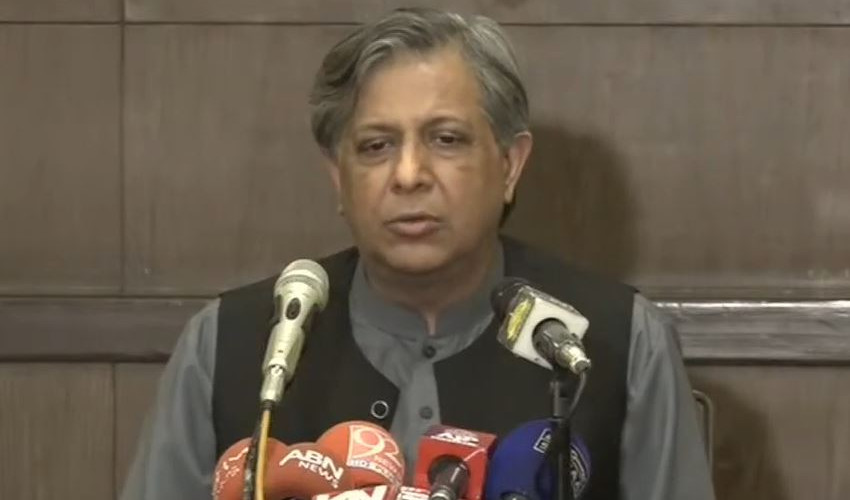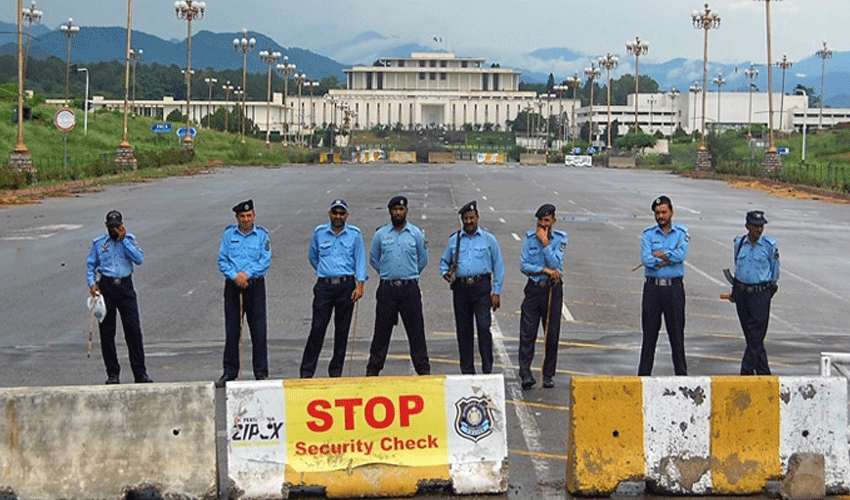After three days of declines, oil prices increased on Thursday as investors anticipated that the United States, the world's largest consumer of crude oil, would begin to restock its strategic reserve, setting a floor under prices.
Even so, prices dropped more than 3% on Wednesday to a seven-week high following the US Federal Reserve's decision to hold interest rates steady, which may restrain this year's economic expansion and restrict the rise in oil demand. A surprise rise in US oil reserves and indications of an upcoming cease-fire between Israel and Hamas, which would allay worries about Middle East supply, also put pressure on crude.
By 0400 GMT on Thursday, Brent crude futures for July had increased by 48 cents, or 0.6%, to $83.92 per barrel. June prices for U.S. West Texas Intermediate (WTI) oil increased by 46 cents, or 0.6%, to $79.46 per barrel.
According to Hiroyuki Kikukawa, president of NS Trading, a division of Nissan Securities, "speculation that the U.S. will move to build up its strategic reserves" if WTI falls below $79 supported the oil market."
Also Read: Oil prices decline over 1% on increased production
The United States has stated that it intends to restock the Strategic Petroleum Reserve (SPR) at a price of $79 per barrel or less following a historic sale from the emergency stockpile in 2022.
Expectations that Israel and Hamas would soon agree to a ceasefire in the Middle East increased after Egypt stepped up its pressure.
Notwithstanding the United States' stance and the United Nations' warning that the long-promised attack on the southern Gaza city of Rafah would result in "tragedy," Israeli Prime Minister Benjamin Netanyahu has vowed to proceed with it.
According to Vandana Hari, founder of oil market analysis company Vanda Insights, "as the impact of the U.S. crude stock-build and the Fed signalling higher-for-longer rates is close to being fully baked in, attention will turn towards the outcome of the Gaza talks."
"I anticipate a sustained downside bias in crude as long as the latest round of optimism over a ceasefire sustains," Hari continued.
The U.S. Energy Information Administration (EIA) reported that during the week ending April 26, crude inventories increased by 7.3 million barrels to 460.9 million barrels, exceeding the 1.1 million barrel draw that analysts had predicted in a Reuters poll.
Also Read: Govt slashes petrol price by Rs5.45, high-speed diesel by Rs8.42
According to the EIA, crude stocks were at their highest level since June.
The U.S. Federal Reserve raised concerns about recent weak inflation data while maintaining interest rates on Wednesday and indicating that it is still inclined to eventually lower borrowing costs.
Any postponement of rate reductions may hinder economic expansion and reduce the need for oil.
Even so, prices will be supported by the Organization of the Petroleum Exporting Countries (OPEC) and its allies, or OPEC+, continuing to reduce supply.
When OPEC+ meets on June 1, analysts at Citi Research anticipate that it will maintain output cuts through the second half of the year.
But "OPEC+ would likely ease cuts, providing a soft ceiling for oil," they stated in a note, "if prices move to a bull case $90-100+ range."


























